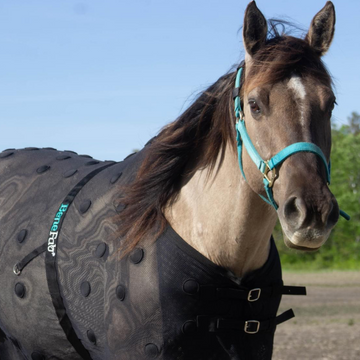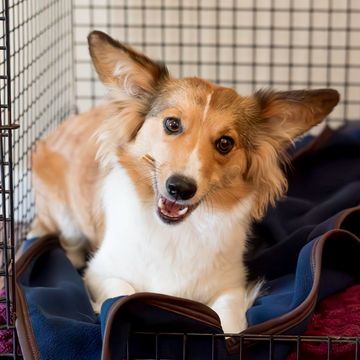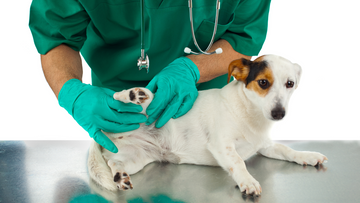 The Icelandic Horse is one of the oldest breeds in the world. The Icelandic Horse, along with only a couple of other rare breeds, represent the closest link we have to the first domesticated horses. They were brought to Iceland by the Vikings in the 8th century. It is believed that the Icelandic breed originates from the horse stock that existed in Norway during the Viking years. During that time, the settlers were not able to take many horses with them to Iceland, so they choose to take only the best horses and that laid the foundation for the Icelandic horse breed.
The Icelandic Horse is one of the oldest breeds in the world. The Icelandic Horse, along with only a couple of other rare breeds, represent the closest link we have to the first domesticated horses. They were brought to Iceland by the Vikings in the 8th century. It is believed that the Icelandic breed originates from the horse stock that existed in Norway during the Viking years. During that time, the settlers were not able to take many horses with them to Iceland, so they choose to take only the best horses and that laid the foundation for the Icelandic horse breed.
In the 10th century they banned importing horses into Iceland to keep the Icelandic breed disease free and guarantee breed purity. The ban still stands today. If an Icelandic horse leaves Iceland, they are not allowed to return. While there are Icelandic horses who reside in countries other than Iceland, this is the only breed of horse that can be found within Iceland.
They are the only horse breed in the world that perform five gaits while other breeds can only perform 3 or 4. The typical gaits are walk, trot and canter/gallop in addition to that the Icelandic horse can also perform what is called Tölt which is the Icelandic word for walk. It is a sped-up version of walking as they lift their legs up high, and only one foot touches the ground at a time. The breed also performs a pace or Skeið in Icelandic. It is a two-beated gait where the horse moves one side at a time. The Icelandic Horse does this very fast and it is called the flying pace.
Breed Characteristics:
- Stands at 14 hands tall
- Very broad at withers
- Stout with deep chest
- Muscular legs
- Short pasterns
- Very friendly
- Easy to handle
- Adaptable
- Patient
- Displays almost all the colors possible in a horse.
The Icelandic horse has always played a big role in the Icelandic life and culture. Previously they were used for traveling, work, and transportation. Today, they are most used for sheepherding, showing, leisure riding, and racing. They also grow a special three-layer coat which helps them survive the freezing Icelandic temperatures. Icelandic horses mature later than other horses and usually do not begin to train before the age of 4. It is not uncommon to ride these horses well into their twenties. While the average life expectancy of horses is twenty to thirty, this breed can live much longer. Fun Fact! In Denmark, an Icelandic horse named Tulle was reported to live to the age of 57!






















